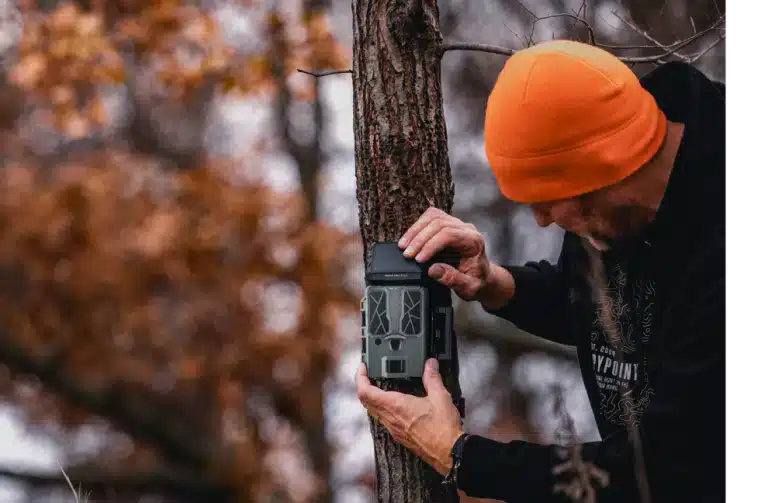Cellular trail cameras can seem intimidating at first—like a toddler, they’re unpredictable until you understand how they work. But once you do, they become an essential part of your outdoor gear. My journey with SPYPOINT began cautiously with the Link-Evo, but after just a week of receiving images right to my phone, I was hooked. Since then, I’ve tested a range of SPYPOINT cameras, from the advanced Flex G-36 and solar-powered Flex-S to the high-resolution Force Pro-S 2.0. With major upgrades in photo quality, connectivity, and solar power integration, SPYPOINT trail cameras continue to push the limits of what’s possible in the field. Whether you’re considering cellular or non-cellular options, SPYPOINT offers reliable solutions tailored to how, when, and where you scout. Recently, I picked up the cellular Flex G-36, and the Flex-S, plus the non-cellular Force Pro-S and the Force Pro S 2.0. All of these cameras have impressive upgrades from previous SPYPOINT Camera models.
When to Use a Cellular versus a Non-Cellular Trail Camera
A Spypoint cellular trail camera lets you remotely receive images on your phone, making it ideal for monitoring wildlife, hunting spots, or property without visiting the site. It saves time and reduces human disturbance, but requires a data plan and a reliable cell signal. Non-cellular trail cameras are usually more affordable, simpler to use, and are best for remote areas with no cell coverage. They typically offer longer battery life and fewer tech issues but require manual SD card checks. The best choice depends on your budget, location, and how often you want to access your camera’s images.

SPYPOINT has advanced significantly from the great features of their popular Link Micro and LM2 cameras from a few years back. Their new line of cameras really builds on a powerful legacy and provides some awesome new features and accessories to make your trail camera experience effective.
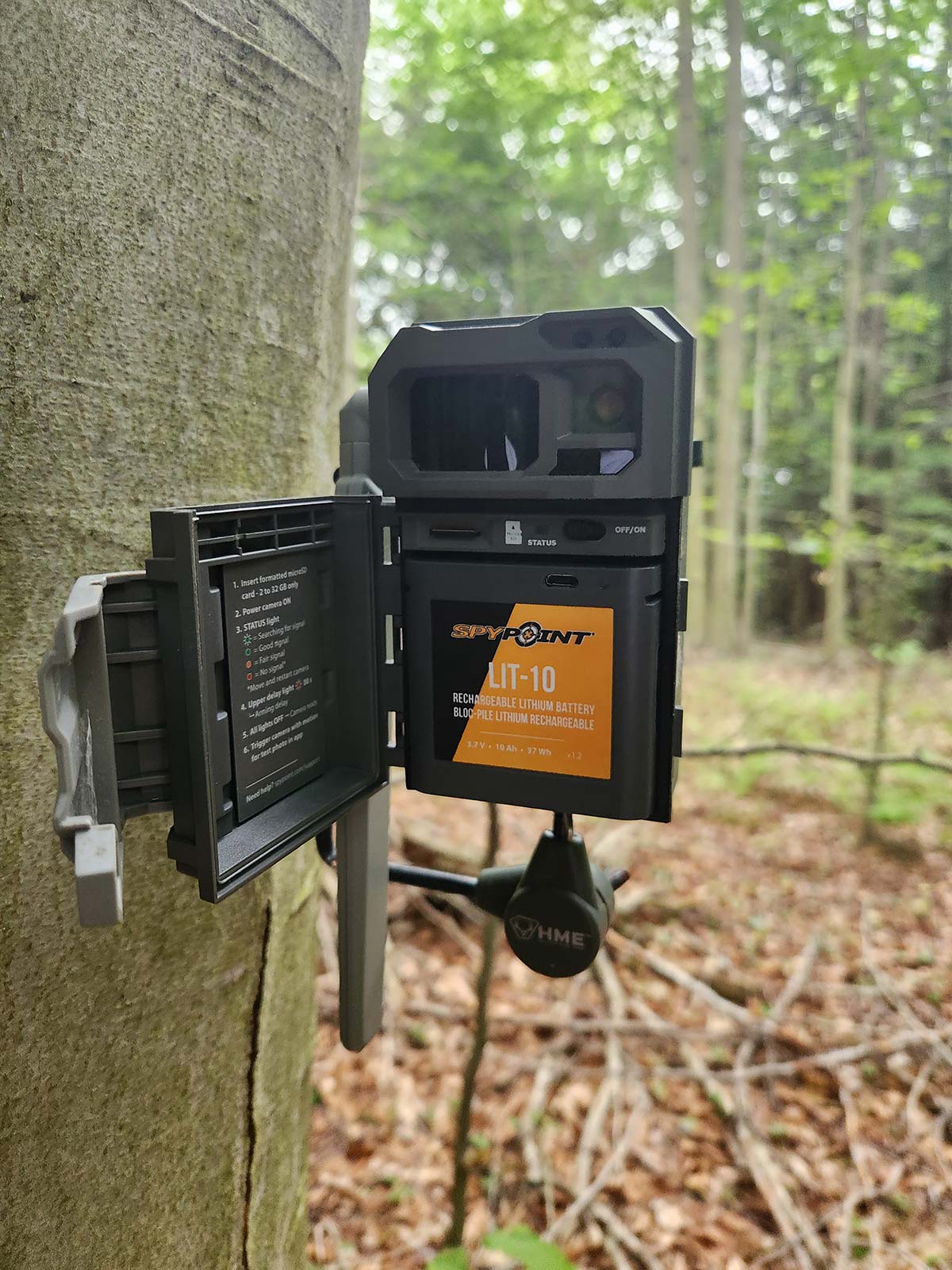
Battery Packs for Spypoint Cameras
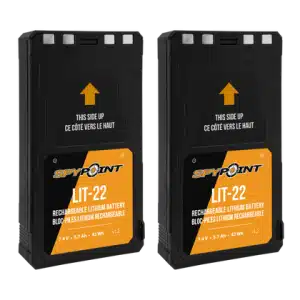
The Spypoint LIT-22 Battery Pack is a rechargeable lithium battery designed for Spypoint cameras like the FLEX, FLEX-S, and Foirce Pro series. It offers longer-lasting, more reliable power than traditional AA batteries, especially in cold conditions. Eliminating the need for disposable batteries saves money over time and is more environmentally friendly. They are easy to install and compatible with Spypoint solar panels units.
Spypoint Flex G-36 Review
See Price on Amazon (Singles and Double Packs Available)
SPYPOINT released a new cellular camera this spring called the Flex G-36. If the LM2 is a Corvette, the new Flex G-36 is a Ferrari! This camera has so many bells and whistles that it can do almost everything. I love this camera because it is easy to set up and operate. Let’s talk about some of the fantastic features.
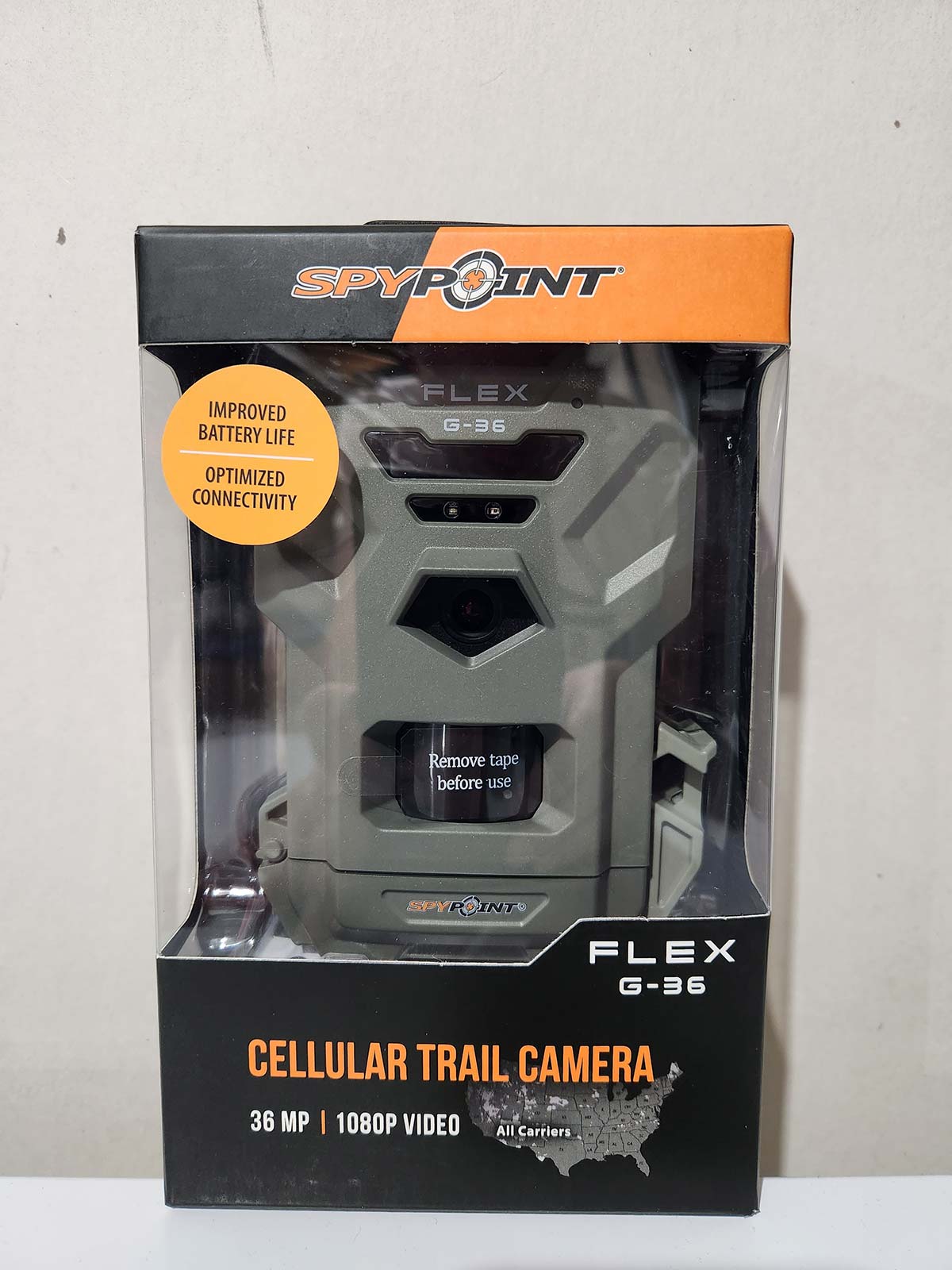
The G-36 is an improved Flex model with a 36-megapixel camera. That is a significant upgrade from the 30-megapixel camera in the Flex. The G-36 has two modes, photo or video. The images are clear and detailed, while the videos are 1080p and have sound. Like the original Flex, the G-36 has a dual SIM card for multi-carrier Auto connectivity. A new and improved optimized antenna connects easily, while the lightning-fast 0.3 trigger speed catches the quickest of animals. The 100-foot flash and detection range will catch those animals in the distance.
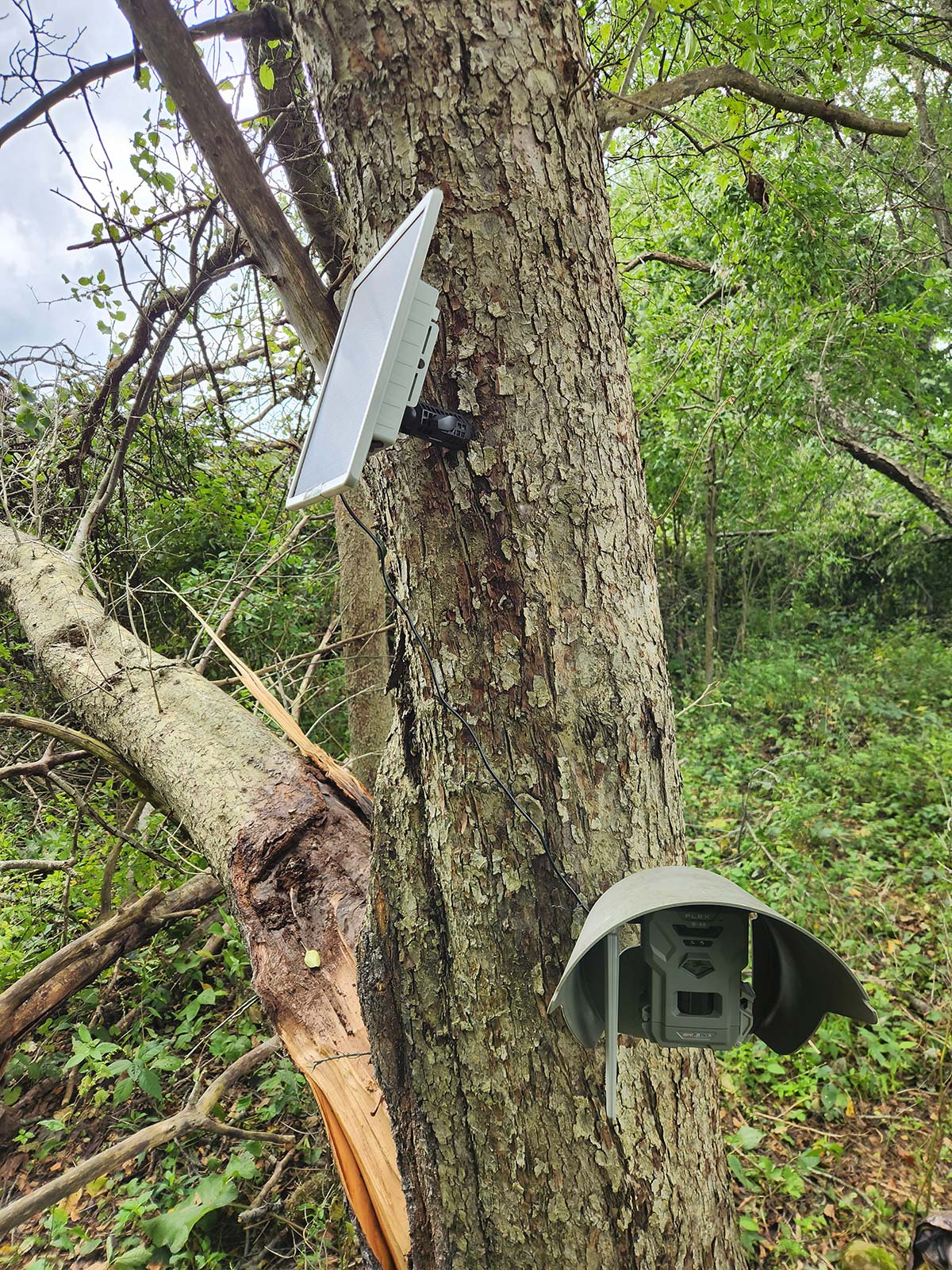
Battery life is no longer a concern with the Flex G-36. The camera runs on 8 AA batteries, a SPYPOINT LIT-22 rechargeable, or a 12V rechargeable battery. A class 10 ultra-high-speed micro SD card up to 512 GB is recommended. The G-36 is GPS-enabled, and firmware updates happen remotely.
Going Solar
A primary concern when running trail cameras is how long the batteries will last. SPYPOINT listened to their concerned customers and introduced two new solar-powered cameras this summer. One is a cellular camera, the Flex-S, and the other is a traditional trail camera, the Force Pro-S. I love the functionality of both solar cameras and how well they work using solar power.
Spypoint Flex-S Review
See Price on Amazon
The Flex-S has the same bells and whistles as the Flex G-36. So, what makes the Flex-S different? First, the Flex-S has an integrated solar panel. That solar panel uses ambient light to charge the internal lithium rechargeable battery. Next, the Flex-S can run on alternative backup battery options. Lastly, the Flex-S has an Instant Mode or On-Demand feature. This is the only camera in the Flex line that allows a person to get instant photos.
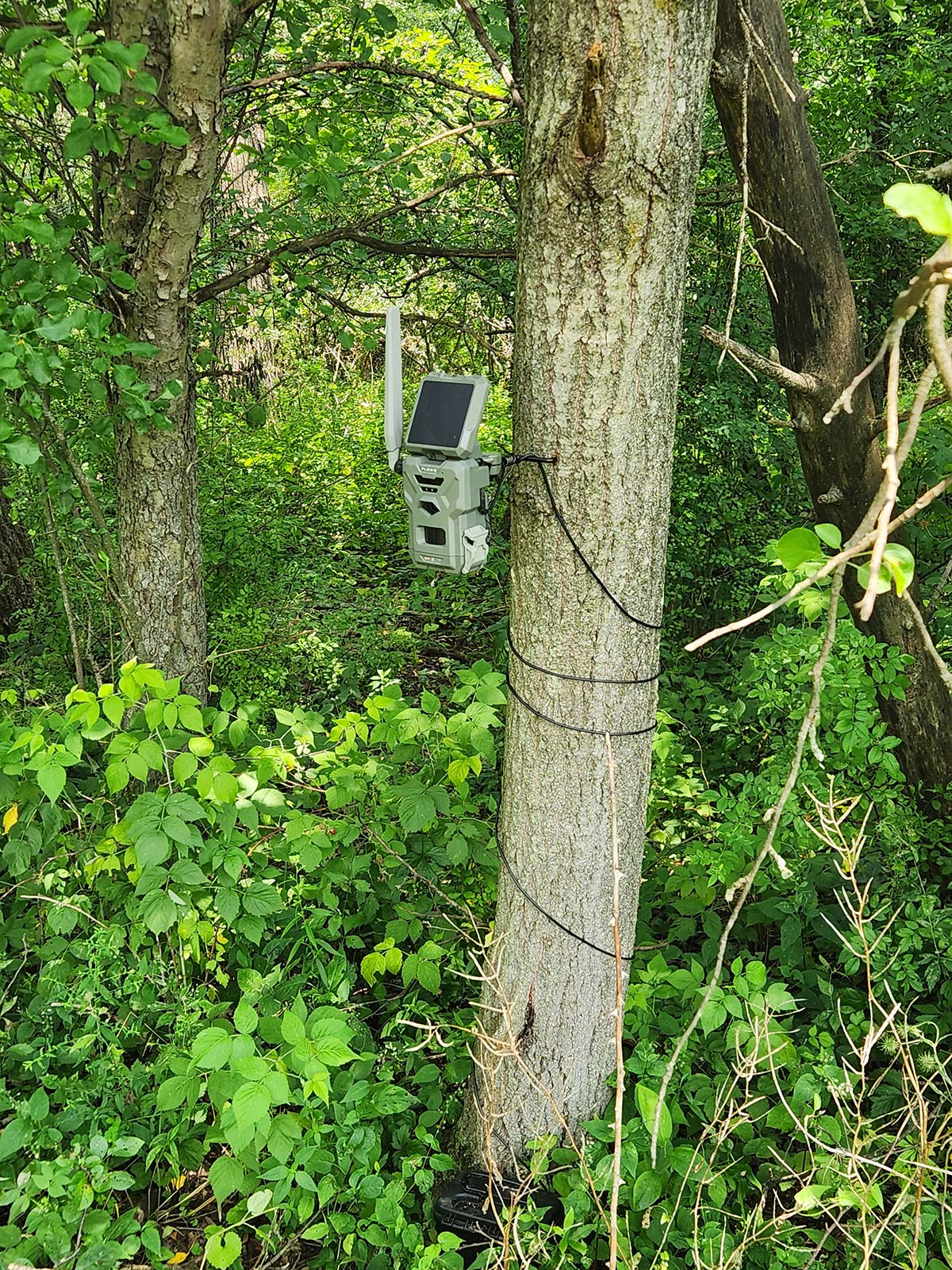

Force Pro-S and Force Pro S 2.0
My favorite non-cellular solar-powered trail camera for the last two years has been the Force Pro S. The Force Pro S is a 30-megapixel camera that also shoots 4K video with sound. Battery life in Force Pro S has been incredible, and I was shocked to hear that SPYPOINT decided to take this camera to the next level by adding an integrated solar panel. Key features of the new Force Pro-S are a 0.2-second trigger speed. The camera has a 110-foot detection range and a 90-foot flash range. Easy-to-use buttons allow you to set up the camera mode and format the SD card in the camera. Then Spypoint launched the Force Pro S 2.0, and I had to rethink.
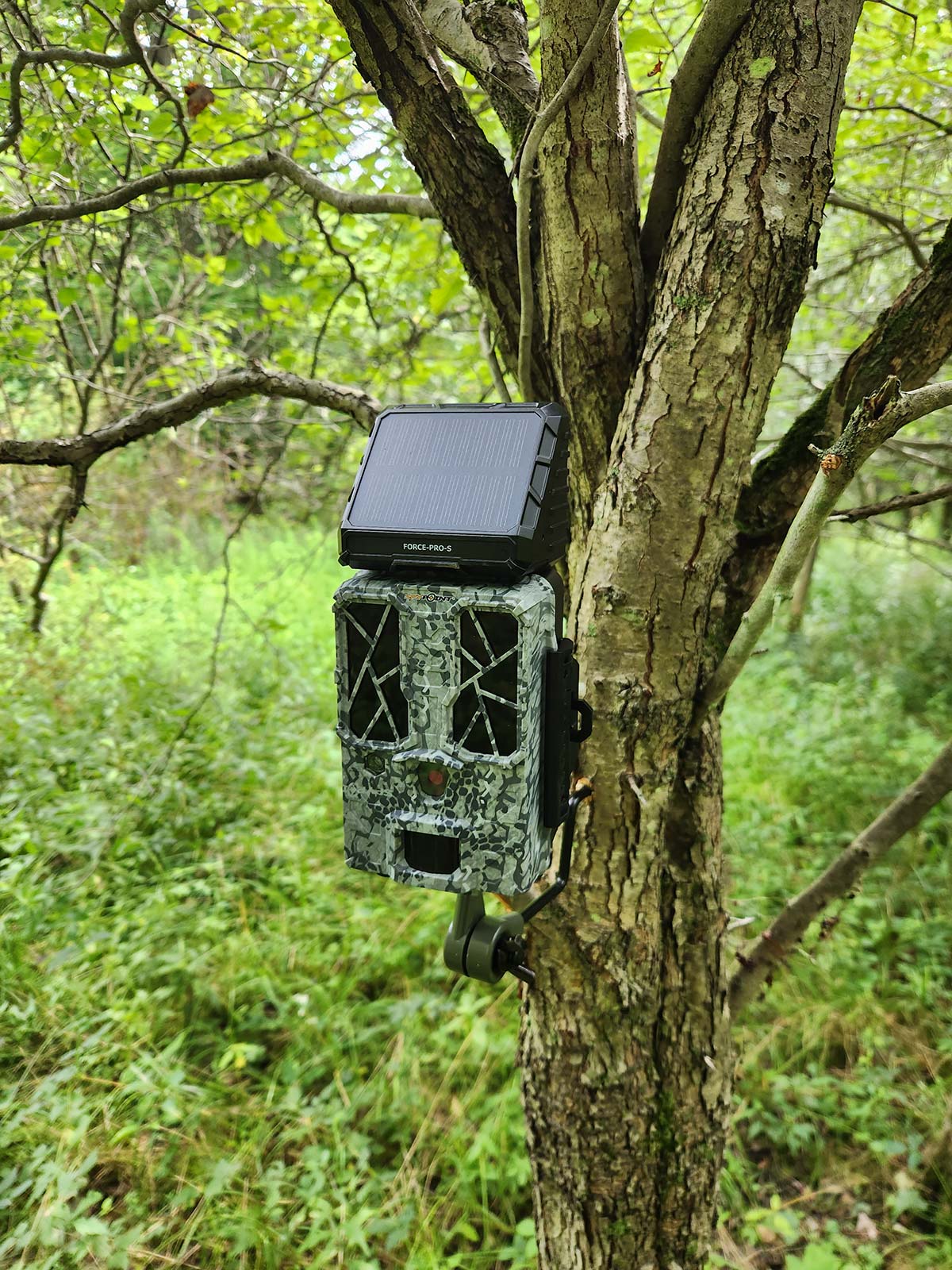 |
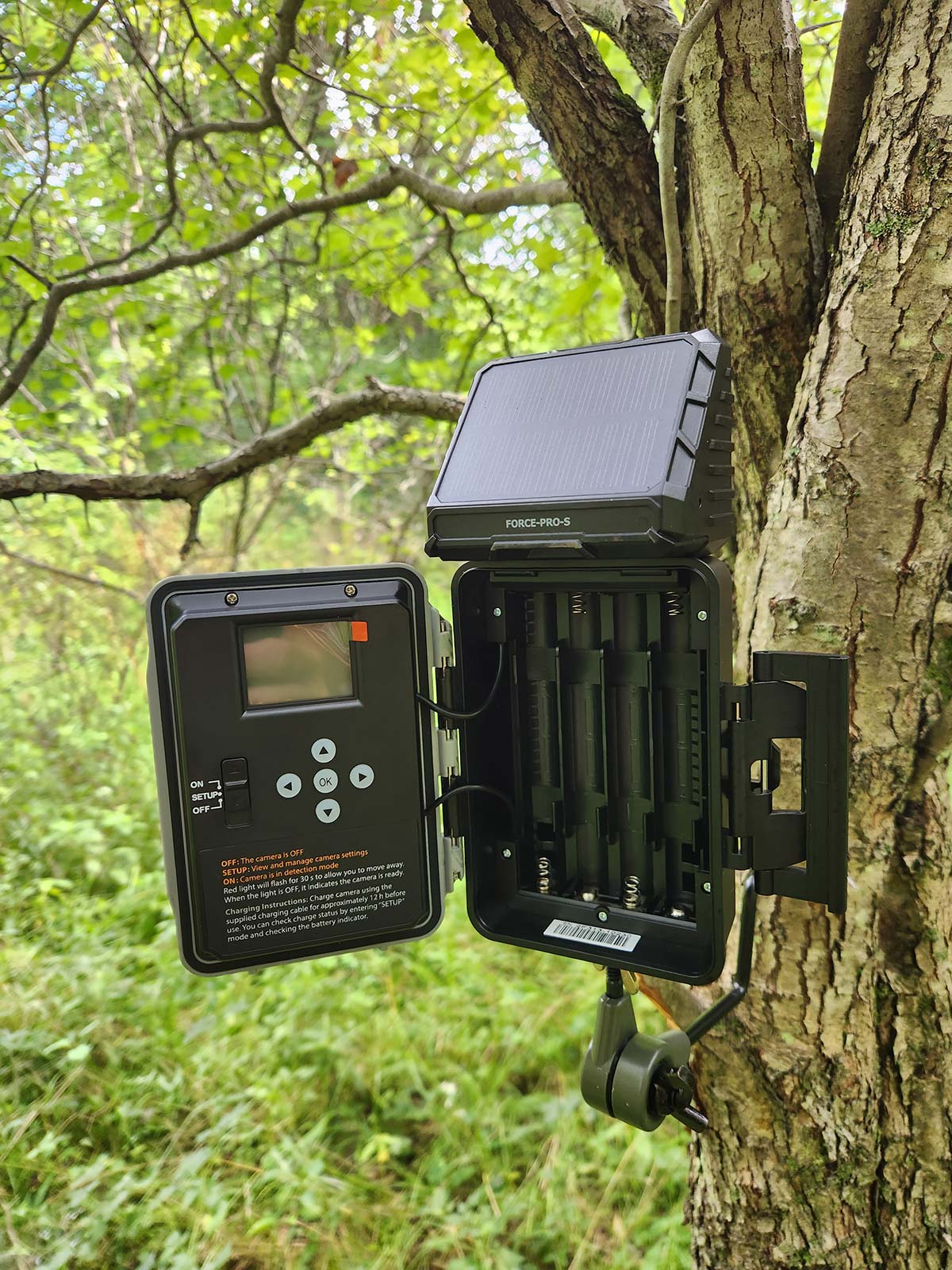 |
|
Spypoint Force Pro S |
|
The force Pro S 2.0 took an already excellent camera and added some very desirable features. It still shoots in 4K video, which provides resolution capable of distinguishing the eyelashes on a deer photographed at 10 feet, is still charged by an integrated solar panel, and has a 110-foot motion detection range and a 0.2-second trigger speed. The added features are photos that are now upgraded from 30 to 48 MP, and the camera has an integrated full-color LCD screen that allows for an easier setup and the ability to view pictures and videos on the camera in the field.
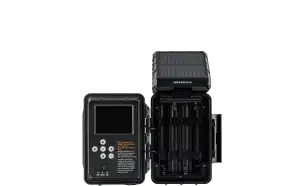
So Easy to set up a Spypoint Camera
SPYPOINT has an educational YouTube page to help customers with their cameras. I highly recommend watching how to start your camera before doing anything. A step-by-step explanation of how to work each camera will save time and energy.
The phone app allows a camera owner to manage the camera settings, view and filter photos and videos, and has customized maps and real-time weather. I enjoy sharing my pictures and videos through the SPYPOINT app on social media.
SPYPOINT offers numerous photo and video plans for its cameras. Each camera will send and receive 100 free photos each month. SPYPOINT offers the following plans.
- 250 photos for $5.00 a month or $48.00 annually.
- 1,000 photos for $10.00 a month or $84.00 annually.
- Unlimited Plan for $15.00 a month or $120.00 annually.
- 20 HD videos for $5.00
- 50 HD photos for $5.00
It is essential to understand that each camera needs it’s own plan!
Insider Club
SPYPOINT offers an Insider Club for an additional $99.00, which has unique perks. Insider members get 20% off photo plans, 250 free photos a month, 50 Free HD photos, monthly giveaways, and much more. You can check out the new cameras and the Insider Club at www.spypoint.com.
Per our affiliate disclosure, we may earn revenue from the products available on this page. To learn more about how we test gear, click here.



